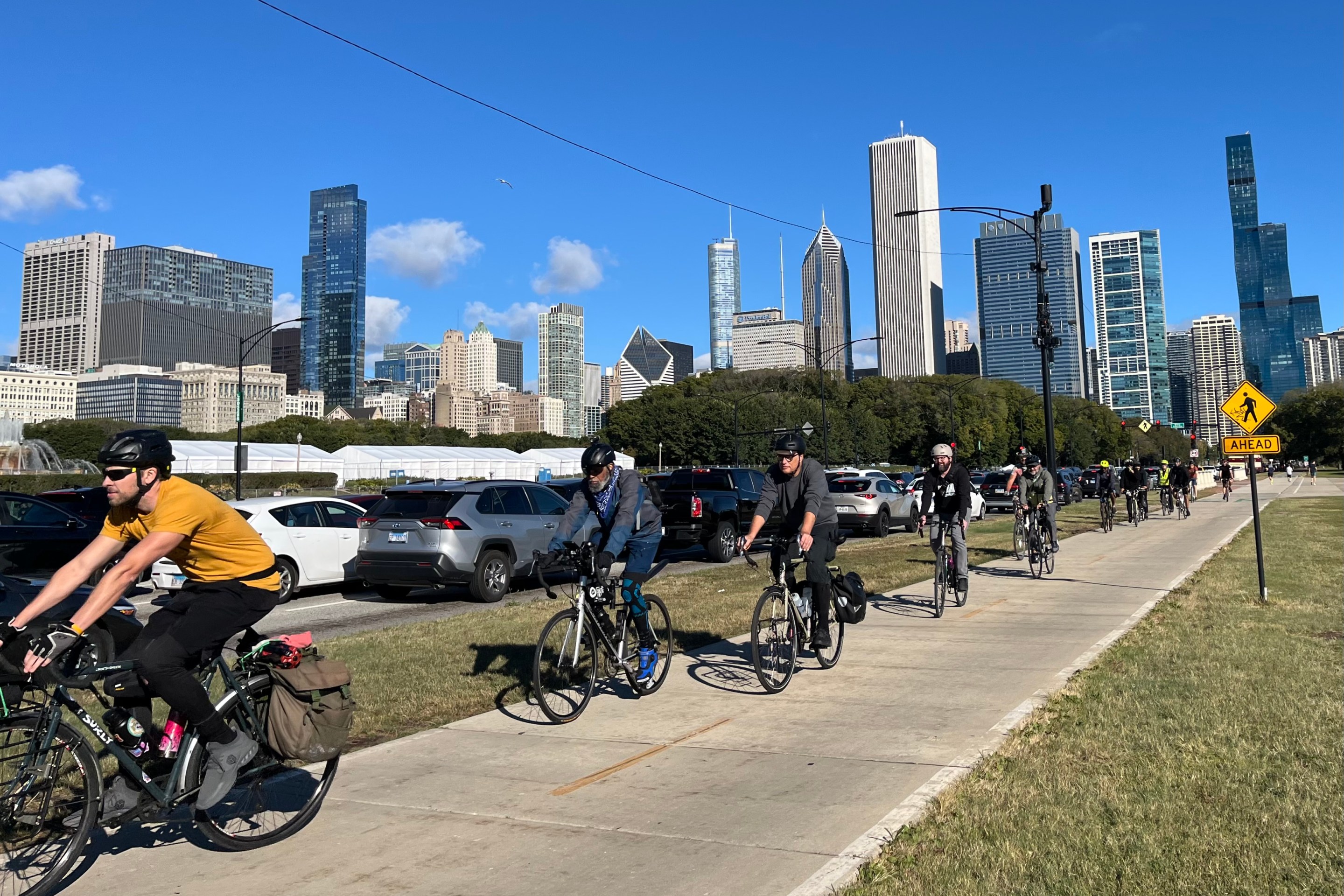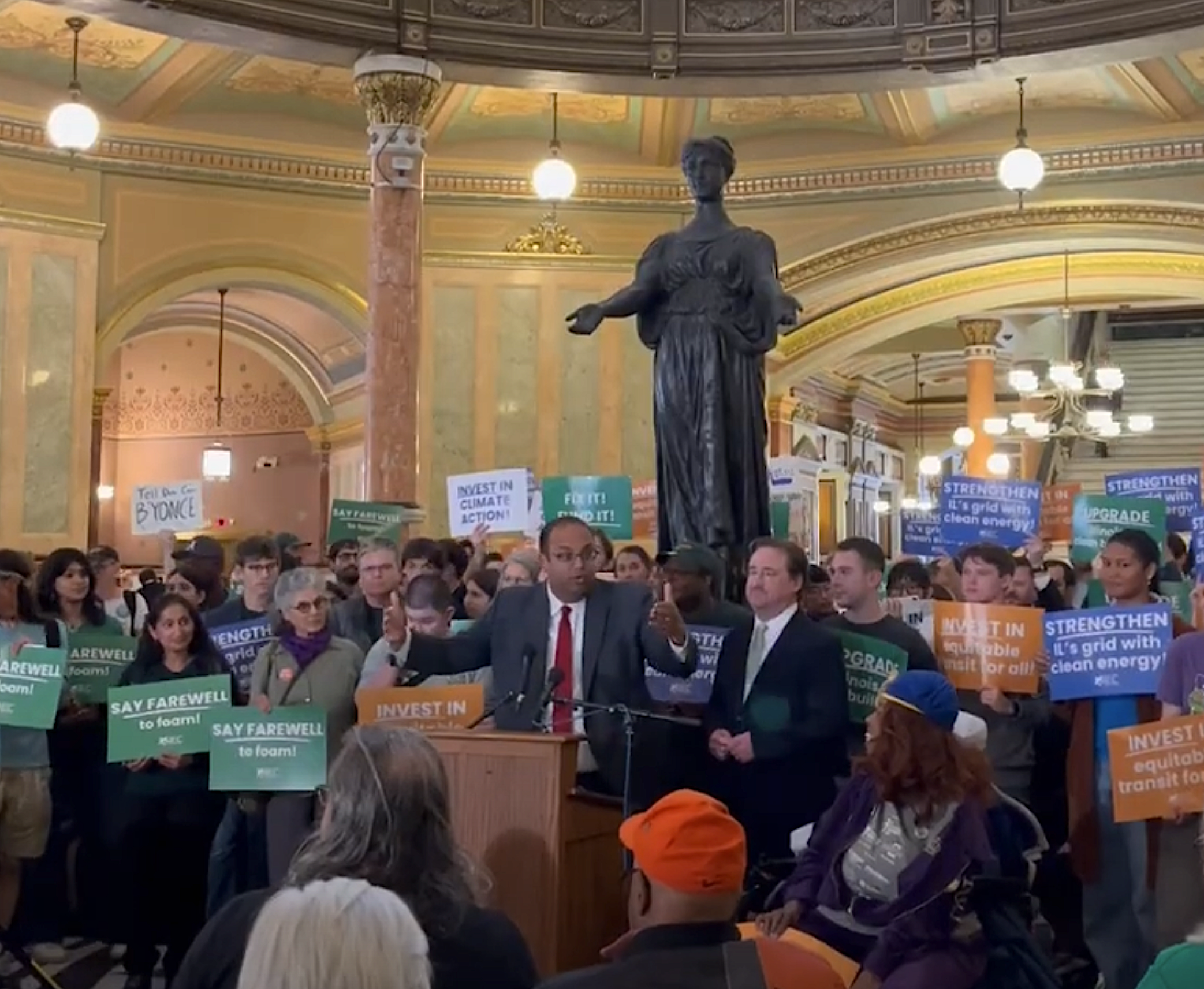There's a contentious debate happening in greater Portland about a highway expansion. Suburbanites are in favor, writes Scott Johnson at Portland Transport, and Portland residents are just as adamantly opposed.

The conflict, Johnson says, is inherent: Infrastructure that is conducive to driving is necessarily bad for walkable, transit-friendly places like many parts of Portland.
Johnson explains:
In a large human settlement (i.e a city and its surrounding suburbs), you can have parts that are optimized for a low-car lifestyle, and you can have parts that are optimized to be convenient for automobile usage (by persons of average income). But you can’t have places that are both.
If a place is optimized for automobiles -- and virtually all of Clark County is -- you will have low density: cramming lots of cars into a small space will instantly cause congestion; spreading them out across a more expansive road network will reduce the number of conflicts for space that lead to cars needing to stop and wait for other cars. And you will have plenty of parking: Large parking lots at major attractions, driveways and garages in residences, and lots of street space allocated for vehicle storage. (And all of it free for users). Drivers in such environments will want to drive fast (if nothing else, to traverse the longer distances more quickly), and road topologies will be optimized for speed.
The large distances needed to get from A to B will make walking and biking impractical (and the high traffic speeds will make them unsafe). And the spread-out nature of everything will make efficient transit impossible. Thus, if a place is optimized for cars, they will become necessary.
Much of inner-city Portland, OTOH, is optimized for active transportation and transit. For transit to be efficient, and for more trips to be practical on foot or by bike, everything has to be closer together: density must be higher -- in many cases this means apartment living, rather than single-family homes with yards. And maximizing the amount of functional land uses within a small space will require that very little space be devoted to parking -- thus parking will be scarce, and expensive. Lots of things crammed into a small space also greatly increases the number of conflicts between private cars, thus if people try and drive in such areas, traffic will result. If a place is optimized for car-free living, living with a car becomes a pain.
Elsewhere on the Network today: Strong Towns addresses common misconceptions about congestion pricing. Better! Cities & Towns wonders how to make smart growth the rule rather than the exception. And Streets.mn says being "pro-transit" should mean supporting projects that offer the best opportunities to expand ridership.





